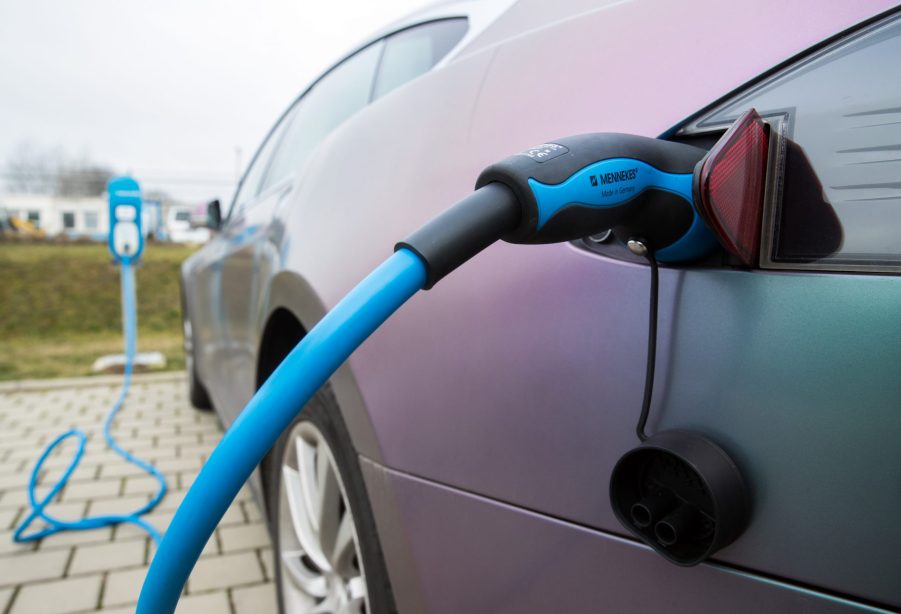
Here’s How Iron Air Batteries 1-Up Lithium-Ion Batteries
As of right now, the best electric car batteries available are lithium-ion based. But lithium is buried deep under the earth’s surface, and some fear we could run out as more EVs are built. Iron, on the other hand, is abundant and cheap. And in some ways, iron-air batteries are shaping up to be better than lithium-ions.

What is an iron-air battery?
In order to best portray this complex process, I’ll explain it in fancy scientific terms, and then dumb it down. Iron-air and other metal-air batteries turn the metal into oxide by breathing in oxygen. From there, a liquid electrolyte creates a current using the stored energy of the oxide. This reverts the oxide back to metal, discharging the battery.
Confused? Don’t worry, I was too. And while I used fancy words like “oxide” and “liquid electrolyte,” this is the chemical process that turns iron into rust. That’s right, you’re future electric car might be rust-powered.
The energy itself is stored in the rust since that’s a bond between iron and air. The liquid electrolyte cleans the rust off the iron but, in the process, utilizes the energy that mashed those two elements together. It’s rusting and de-rusting the battery over and over again to charge and discharge the battery, and already has some advantages over lithium-ion.
How are iron-air batteries better than lithium-ion batteries?

The two most obvious upsides: iron is cheap and abundant. Lithium is closer to the earth’s core, whereas iron rests near the surface and isn’t as harmful to collect. But what’s more important is the fact that iron-air, and other metal-air batteries, could store more energy than lithium-ion. The theoretical lifespan of an iron-air battery is 100 to 150 hours of electricity.
And if iron is cheaper to harvest, the batteries are cheaper to build. Lithium-ion costs anywhere from $50 to $80 per kWh of storage according to the Wall Street Journal. Iron-air, on the other hand, will cost just $20 per kWh on a full-sized battery. And the battery itself would be nontoxic and nonflammable.
And speaking of economics, Form Energy, the startup turning iron-air batteries into a reality, is already backed by some of the biggest names in corporate America. Jeff Bezos, Bill Gates, and others pledging to go renewable support the cause. But what about the auto industry?
When could we see them in electric cars?

Trick question: we might not. While production iron-air batteries should start to show up around 2025, they aren’t targeted at electric cars yet. Their main purpose is to store energy for large warehouses and grids, which they’ll be very capable of doing. So the power that charges your electric car may be stored in an iron-air battery, but the pack inside will likely still be lithium-ion.
That’s not to say iron-air batteries haven’t been experimented with though. Tesla patented lithium-iron batteries in 2017, but never used them. But according to Green Car Reports, they’re focused on making larger lithium packs for half the cost.
So there’s always a chance that iron-air batteries could end up in electric cars, rusting and de-rusting as we drive. But right now, their intended use is for large factories and businesses, and maybe the grids we use to charge our EVs.


